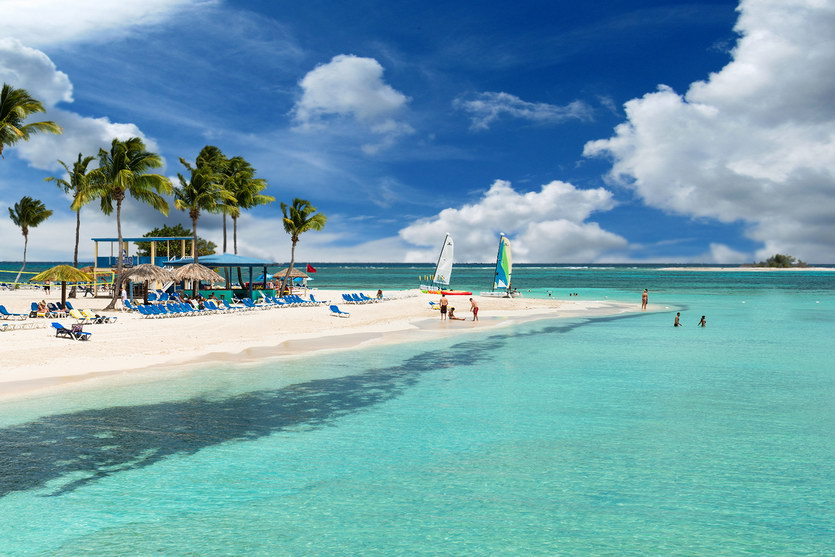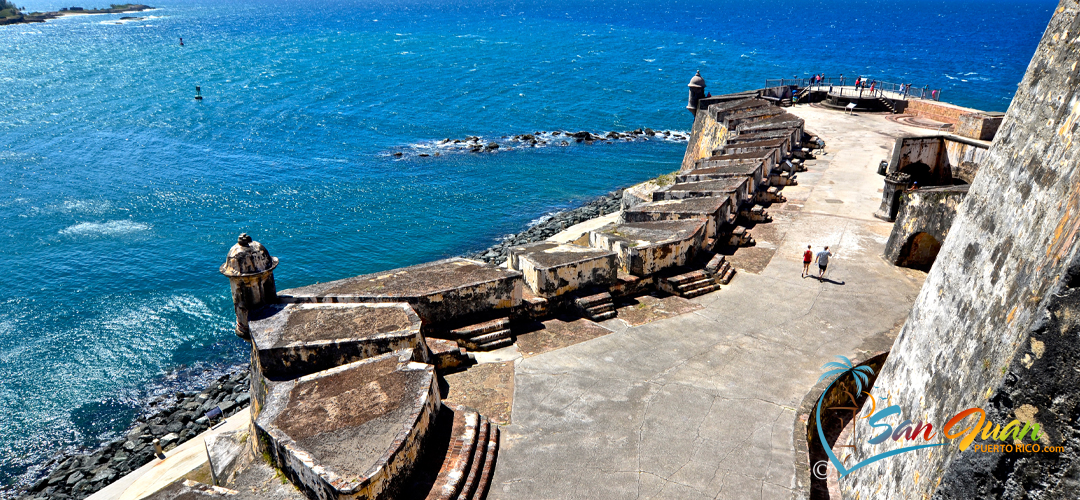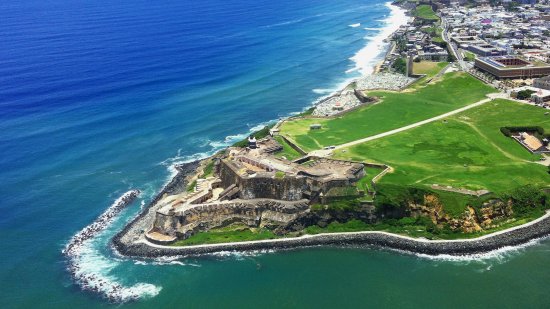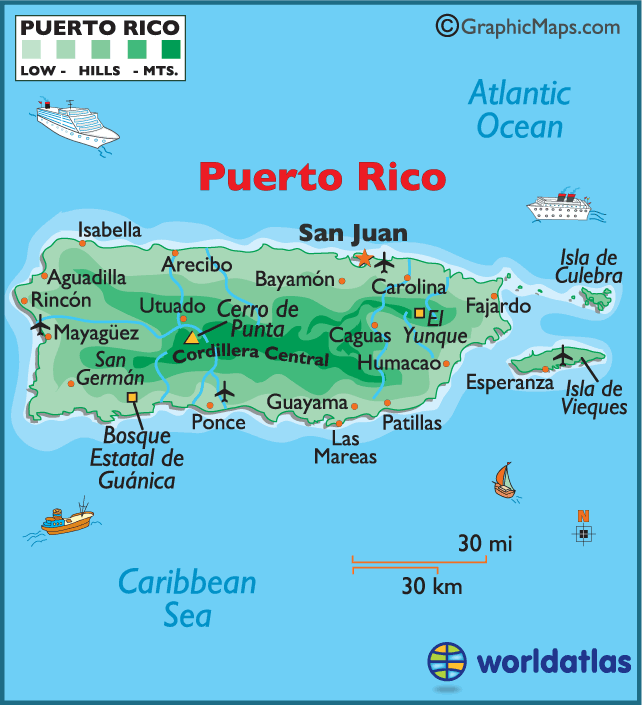







General Information
Puerto Rico is a Caribbean island and unincorporated U.S. territory with a landscape of mountains,
waterfalls and the El Yunque tropical rainforest. In San Juan, the capital and largest city,
the Isla Verde area is known for its hotel strip, beach bars and casinos. Its Old San Juan neighborhood
features colorful Spanish colonial buildings and El Morro and La Fortaleza, massive, centuries-old fortresses.
Culture/History
In order to produce cash crops such as sugar cane, ginger, tobacco and coffee, the Spanish began
importing more slaves from Africa in the 16th century. They also spent considerable resources
turning San Juan into an impregnable military outpost, building a fortified palace for the governor
(La Fortaleza) as well as two massive forts—San Felipe del Morro and San Cristobál—that would withstand
repeated attacks by rival powers such as England, the Netherlands and France. Under Spanish colonial rule,
Puerto Rico experienced varying levels of economic and political autonomy over the centuries. By the mid-19th
century, however, a wave of independence movements in Spain’s South American colonies had reached Puerto Rico.
In 1868, some 600 people attempted an uprising based in the mountain town of Lares. Though the Spanish military
efficiently quashed the rebellion, Puerto Ricans still celebrate “El Grito de Lares” (The Cry of Lares) as a
moment of great national pride. In July 1898, during the brief Spanish-American War, U.S. Army forces occupied
Puerto Rico at Guánica, on the island’s south side. Under the Treaty of Paris, which formally ended the war later
that year, Spain ceded Puerto Rico, Guam, the Philippines and Cuba to the United States.
Food
Although Puerto Rican cooking is often compared to Spanish, Cuban and Mexican cuisine, it is a unique tasty blend of
Spanish, African, Taíno, and American influences, using such indigenous seasonings and ingredients as coriander, papaya,
cacao, nispero, apio, plantains, and yampee. Locals call their cuisine cocina criolla. Cocina criolla (Créole cooking)
can be traced back to the Arawaks and Tainos, the original inhabitants of the island, who thrived on a diet of corn,
tropical fruit, and seafood. When Ponce de León arrived with Columbus in 1493, the Spanish added beef, pork, rice, wheat,
and olive oil to the island's foodstuffs. Soon after, the Spanish began planting sugarcane and importing slaves from Africa,
who brought with them okra and taro (known in Puerto Rico as yautia). The mingling of flavors and ingredients passed from
generation to generation among the different ethnic groups that settled on the island, resulting in the exotic blend of todays
Puerto Rican cuisine.